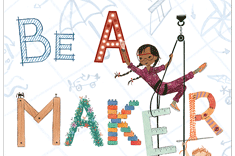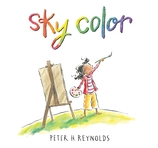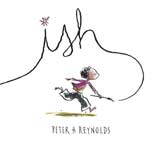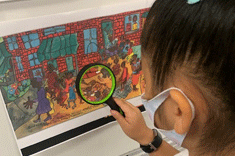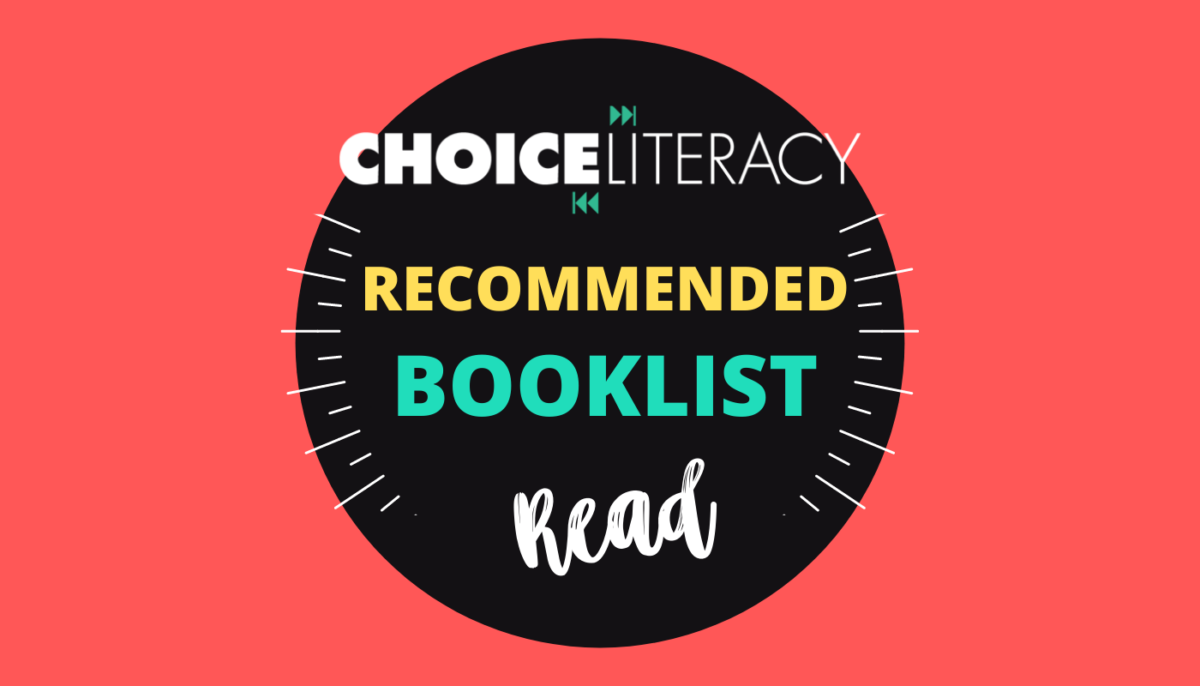Every child is an artist. The problem is how to remain an artist once he grows up.
—Pablo Picasso
There is one book that always makes it onto my personal list of “10 must-read books” in the first 10 days of school: Be a Maker by Katey Howes. I love this book for many reasons. First of all, this is a book that children understand because they are born artists. Children are naturally makers. They love creating, and they are always wondering. These are not skills we need to teach them. These are skills they bring to the classroom with them. Our job is to affirm their artistic identities by showing them that there are many ways to make things. This book is also a celebration of the multiple ways in which we can express ourselves. It’s a great reminder for teachers that children can show learning and growth in multiple ways.
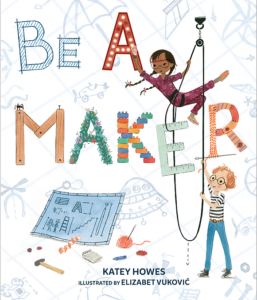
Regardless of the length of time you have with children, this book has an effect on them. Through its large illustrations, it provides accessibility for learners of all languages. One message I love sharing with children early on in our school year is “This year we all going to be makers. We are going to make things as we learn, and it’s your decision as an artist to decide what that is going to look like.”
I’m very intentional in my language because I want children to understand that they have agency in their learning. I also want them to know that there is more than one way to show their growth and understanding. We don’t all have to do the same thing every day. This is an important grounding practice I want the learners in my class to understand. I often remind them throughout the year by saying, “Remember, you are makers. You are artists. Make a decision about what your work will look like today.”
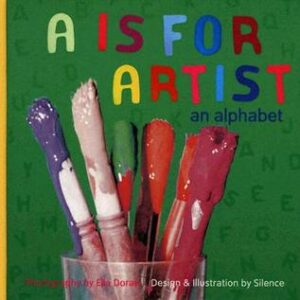
I also use the book A Is for Artist by Ella Doran to inspire children to notice the world around them and how art is present in so many little details. This is an ABC book, so it naturally invites children to create their own version of it. Because an ABC book is a longer book, I encourage children to take their time writing it. My main reason for this invitation is that I want children to take time to sharpen their observation skills. They observe the classroom, the world around them, the objects that surround them, and the way we use them, and then I invite them to continue writing and adding to their own book.
It is very easy for language and literacy to bloom with books that enhance what children are already very good at: noticing and noting. It is also worthy to share that I encourage my multilingual students to use their first language whenever they want. I make sure students know they don’t ever have to ask permission to write in another language. This is welcomed every day.
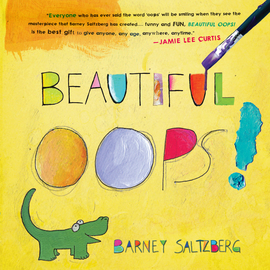
I’m also very mindful in acknowledging that not every child will make a connection with the artists as a way to learn literacy and develop language. It is very important to include books like Beautiful Oops! as part of our read aloud repertoire. In this book, author Barney Saltzberg nudges children to notice that not every work we make will be perfect. Sometimes great things happen after a beautiful oops! For learners who put pressure on themselves to create perfect pieces, it’s a reminder that we can still create beautiful things out of mistakes, oopses, or imperfections.
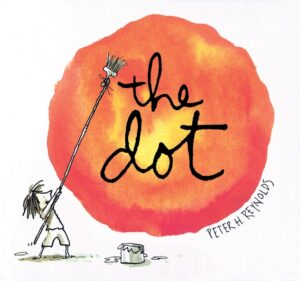
In the same way that author Barney Saltzberg invites everyone to notice their imperfections, author Peter H. Reynolds inspires children to find their own way and signature through his book The Dot. Every year on September 15 (Dot Day), I invite students in my class to make their own dots. We display all the dots together and use them as reminders that each of us is completely different and unique. This is a powerful message for children to understand that regardless of what we make or create, our work should never look like another person’s, because we are individuals. The book The Dot is part of a Creatrilogy series created by Peter H. Reynolds. The other two books in the series are Ish and Sky Color.
My experience of working through these books and leading with art first is that language and literacy follow naturally. Children are born artists and storytellers. These books encourage students to become more literate because they affirm parts of their identity. When we introduce these books to children, we are telling them, “I see you.” From there, they will read more books, they will write more stories, and they will keep creating what they know best.

